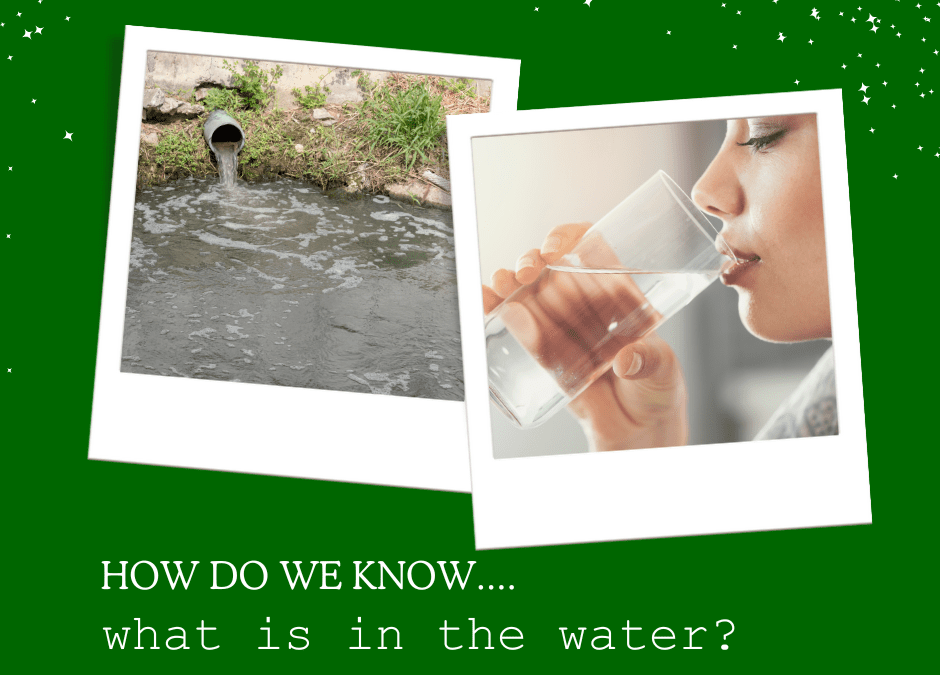
Nitrogen is a stable, non-reactive gas, essential for the air we breathe. Nitrogen combines with oxygen to form Nitrate (NO3), where it acts as a key nutrient for plant growth. Nitrate is a primary chemical component of manure and fertilizer; it is the N in the N-P-K ratio, the first number, on the fertilizer label. And that, my friends, is your chemistry lesson for today!
Why Are We Concerned about Nitrogen?
Nitrogen in fertilizers can cause problems both through runoff into local waterbodies and by infiltrating into the ground water and ending up in our drinking water.
“Since the mid-1920s, humans have doubled the natural rate at which nitrogen is deposited onto land through the production and application of nitrogen fertilizers (inorganic and manure), the combustion of fossil fuels, and replacement of natural vegetation with nitrogen-fixing crops such as soybeans. Most synthetic fertilizer applications to agricultural land occurred after 1980. Since approximately half of all applied nitrogen drains from agricultural fields to contaminate surface and groundwater, nitrate concentrations in our water resources have also increased.”
Drinking Water Nitrate and Human Health: An Updated Review
No one disputes the fact that fertilizers have allowed for unprecedented crop production, but they also have a downside. When too much is applied or applied at the wrong time, not all the nutrients will be used by the plants. Through runoff, the extra fertilizer is picked up by rainwater and carried to the nearest body of water. Also, during heavy rain, water moves downward through the soil, carrying pollutants with it, into the groundwater, your drinking water source.
Drinking Water Standards
Under the federal Safe Drinking Water Act, the legal limit for nitrate in drinking water is 10 mg/L. This limit was set in 1962 to guard against infant methemoglobinemia or blue baby syndrome, a potentially fatal condition that starves infants of oxygen if they ingest too much nitrate.
Recent studies have shown strong evidence of an increased risk of colorectal cancer, thyroid disease and neural tube birth defects at levels of 5 mg/L or even lower.
Excess Nitrogen in Your Drinking Water
In order to ensure that tap water is safe to drink, EPA prescribes regulations which limit the amount of certain contaminants in water provided by public water systems. Do your homework and check your local water utility to view the current water quality report. You can find Culver’s 2022 (2023 will be published this summer) Annual Consumer Report on the Quality of Tap Water which states:
“We are proud to report that the water provided by Culver Water Department meets
or exceeds established water quality standards.”
However, it is up to the homeowner to ensure that their well water is safe to drink. Do your due diligence and submit samples to test not only for nitrates, but other contaminants. You can pick up and drop off collection bottles at the Marshall County Health Department to be sent to Hoosier Microbiological Laboratory (HML). The Health Department is not running the tests, they are merely supplying a courier service. There are forms to fill out that go with the water samples to tell the lab what tests to run. It can be overwhelming the first time, so you can call HML (800) 551-5217 prior to collecting your sample to determine what tests you want. Depending on what tests are run, the cost for this is usually about $150.00 or less.
Excess Nitrogen in the Lake
Just like nitrogen encourages beans and corn to grow, when it ends up in the lake is causes aquatic plants and algae to grow. As the plants decompose, they use up dissolved oxygen and can start the downward spiral toward eutrophication.
Eutrophication:
A general term describing a process in which nutrients accumulate in a body of water, resulting in an increased growth of microorganisms that may deplete the water of oxygen. Such nutrient pollution usually causes algal blooms and bacterial growth, resulting in the depletion of dissolved oxygen in water and causing substantial environmental degradation.
What is the Solution?
While consumers can play a role in reducing nitrogen pollution, in the long run the problem won’t be solved without confronting the way we grow and produce food. Unfortunately, there are no easy answers for farmers, people or the planet. Studies estimate that without synthetic fertilizers, humanity could only sustain around half its current population.
But just because it’s hard doesn’t mean that researchers, farmers and governments are not taking action. Part II will talk about possible solutions.
Take the Fertilizer Pledge to do your part to keep Lake Maxinkuckee Healthy!


Hi, I’m Debbie Palmer. I received a BS in Horticulture from Purdue University. Here at LMEF, I am responsible for outreach presentations, monitoring the lake and it’s wetlands, project manager for restoration and research projects, and act as a community resource for all things related to the well-being of Lake Maxinkuckee and its surrounding watershed. I completed Indiana Watershed Leadership Academy, volunteer with the Indiana Clean Lakes Program, Hoosier River Watch and Marshall County Lakes and Waters and serve as a Board Member for Indiana Lakes Management Society.


Recent Comments